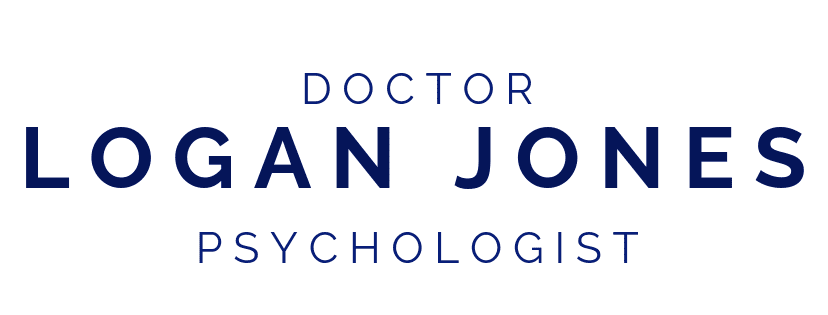How to NOT Get Stuck “In Your Feelings”
How to NOT Get Stuck “In your Feelings”
Thanks to rapper Drake and his catchy summer hit, the “In My Feelings” challenge has taken the internet by storm. But what does it mean to be in your feelings? To be “in your feelings” means to be in a vulnerable, receptive, and expressive emotional state. For example, hurt can arise as a result of unreciprocated feelings. Lots of people feel insecure when their expectations are not met after expressing care, interest or love for another person.
When we get “in our feelings,” it’s easy to get stuck, ruminate, and become fixated with how we feel. We can forget that our feelings are not always an accurate representation of reality, and that they are there to help us, and that they will pass.

Tip #1: Release expectations of how other people should feel or behave
“Should” is, in my opinion, one of the most dangerous words in the English language. When we adhere ourselves to an idea of how things should be, we close ourselves off to the fluidity of experience, and we become self-critical. The simple truth is, emotions and feelings are unique to the individual. People may have similar reactions about particular topics, but to hold onto an expectation of how someone else should feel is to assume you have lived their exact life experience. You may merely be trying to relate, but making assumptions can actually push you further away from the person you intend to connect with.
We all subconsciously have expectations on how any given situation should go; that’s why we become dissatisfied or unhappy when something unfavorable and disappointing takes place. However, if we take the time to connect to ourselves, whether it be through guided meditation, a silent meditation session at home, or a quiet reflection journaling session, we tune out the world and tune into ourselves. Taking the time to sit quietly with your thoughts and feelings can help you become more self-aware, and help you to realize when you have set an expectation on how someone else should feel, think, or act.
When you ditch the expectations you hold for others, you release the pain that comes with being rigidly attached to certain feelings and outcomes.
Tip #2: Practice unconditional love
To practice loving life as it is and people as they are can be challenging, but the only genuine and sustainable love is unconditional. Making the decision to love unconditionally will not change the world or shield you from disappointment, but it will shift your perspective. This shift will be gradual;
Unconditional love needs to be a daily choice to meet people and circumstances where they are in the current moment.
It is impossible to get stuck in your feelings when you decide that your love will trump any surprises, disappointments, or upheavals that come your way. When you love someone without conditions, you give them the space to be something other than what you imagined; you give them the space to grow, change, fail, and recover. Unconditional love, like mindfulness, is a journey, not a destination. So, take your time and try to practice a little throughout each day to commit to expanding your vision of people and the world around you.
Tip #3: Practice conscious breathing techniques
Breathe in through your nose, feeling your stomach expand, and then release the breath through your mouth and feel the sensation of your stomach sinking in. Breathing techniques have been used in many therapy, yoga, meditation, and spiritual healing sessions to help people release tension from stifled feelings.
Breathing is the key to life, and it is also the key to releasing pent-up, overwhelming emotions and thoughts.
When you take the time to consciously breathe slower and deeper, it can reduce anxiety and increase clarity and focus. Conscious breathing also helps you practice mindfulness in the present moment, and allows healing to begin from a place of centeredness. When we are stuck in our feelings, it is easy to breathe quickly and heavily, starting the beginning stages of anxiety without you even being aware of what your body is doing. Conscious breathing reduces panic, and helps you focus on the current moment, which provides the opportunity for a quick assessment of how your body feels.
One of my personal favorite breathing visualization is breathing in love and life, and exhaling fear and stress. I literally will say or image the words and colors of love and life as I breath in, and image fear and stress leave my body as I breath out. Feeling your stomach fill with air as you take a deep breath in, and then feeling your stomach sink as you release the air from your lungs is a great visual when trying to release the stress and emotions of unfavorable circumstances.
We all have moments where we get stuck in our feelings, but we have to remember that how long we stay stuck is up to us. We have the power to decide whether we stay stuck for a couple of minutes, a few hours, days, or even years. Know that you don’t have to be stuck; you can release all that is outside of your control and trust that the Universe is conspiring for your expansion.
DO YOU FEEL DOMINATED BY FEELINGS OF NEGATIVITY OR DISCOMFORT? Call Dr. Logan for a complimentary phone consultation at 646.798.8354.
Dr. Logan Jones is a psychologist working in Manhattan. He provides people with unique counseling sessions to tap into the power within by working to improve self-perception, worth, and confidence. Call today to learn more about how Dr. Jones can assist you in processing your feelings.
For more daily inspiration, follow Dr. Logan Jones on Instagram: @drloganjones

No matter what you’re going through, whether depression, anxiety, or PTSD, there is hope. If you are looking for therapy in NYC his psychotherapy practice is located in central Manhattan near Flatiron, West Village, NoMad Chelsea, or Union Square.


